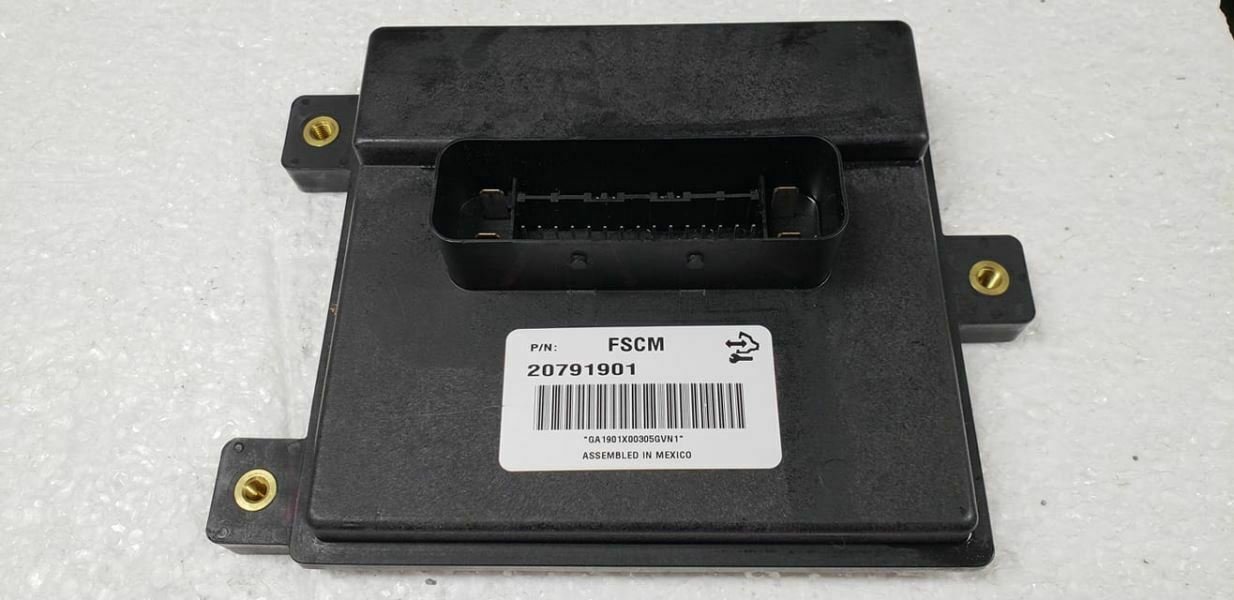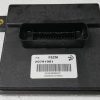Is Your GM Truck or SUV Stalling, Hesitating, or Refusing to Start?
A faulty Fuel Pump Control Module (FPCM) can leave you stranded, costing you time, money, and peace of mind. If your vehicle is experiencing issues like an extended crank time, stalling while driving, poor acceleration, or a check engine light, a failing FPCM is a very common culprit. This isn’t just an inconvenience; it’s a critical failure that compromises your vehicle’s reliability. This module is the solution to get your truck, van, or SUV back on the road with confidence.
Common Symptoms & Your Direct-Fit Solution
Don’t guess when it comes to your fuel system. A failing FPCM often triggers specific Diagnostic Trouble Codes (DTCs), including P069E, P0230, and U0109 (Lost Communication with Fuel Pump Control Module). You may also notice the engine running rough or a sudden loss of power. Our pre-programmed 2013-2014 Savana 1500 Fuel Pump Control Module 20964305 is the definitive fix. We take the guesswork out of the repair by flashing the module with the latest GM software, specifically matched to your vehicle’s VIN. This means you get a part that is ready for installation right out of the box, with no need for an expensive trip to the dealership for programming.
- ✔ Ready for Installation: This module arrives fully programmed to your vehicle’s specific VIN. Just provide it to us after purchase.
- ✔ Skip the Dealership: Avoid the high costs and scheduling hassles of dealership programming. This is a true plug-and-play solution.
- ✔ Restored Performance: Solves common issues like no-start conditions, stalling, hesitation, and poor fuel delivery for reliable engine operation.
- ✔ Updated Software: We flash the module with the newest updates from GM, ensuring optimal compatibility and performance for your vehicle.
- ✔ Broad Compatibility: A direct replacement for part numbers 20964305 and 20964304, fitting a wide range of GM vehicles.
- ✔ Peace of Mind: This unit is backed by our one-year replacement warranty.
An Expert’s Take on FPCM Failure
“Over my 20 years in the shop, I’ve seen countless GM vehicles towed in with no-start conditions that trace back to this exact module. It’s often located on the frame rail, exposed to the elements, which can lead to corrosion and internal failure. In the past, replacing it meant a mandatory, and often expensive, programming session at a dealership. The ability to get a replacement 2013-2014 Savana 1500 Fuel Pump Control Module 20964305 that’s already flashed to the VIN is a game-changer. It turns a multi-step, costly repair into a simple, one-step job that a confident DIYer or any independent shop can complete in under an hour. It’s the smartest way to get your vehicle running right.”
By installing this pre-programmed FPCM, you’re not just replacing a part; you’re restoring the core dependability of your vehicle. Whether you rely on your Savana for work or your Tahoe for family transport, this is the reliable fix you need. Get your 2013-2014 Savana 1500 Fuel Pump Control Module 20964305 and solve your fuel system problems for good.
Frequently Asked Questions
Why do I need to provide my VIN?
Your Vehicle Identification Number (VIN) is essential because the Fuel Pump Control Module must be programmed with software specific to your vehicle’s exact configuration, including its engine, transmission, and other options. Programming it to your VIN ensures it communicates correctly with your vehicle’s computer system for a seamless, error-free installation.
What happens if I install this without programming?
An unprogrammed or incorrectly programmed FPCM will not work. Your vehicle will likely fail to start, and you may see a check engine light or other warning messages. Our pre-programming service eliminates this problem entirely.
Is this part difficult to install?
For most listed vehicles, the FPCM is located on the driver’s side frame rail or near the rear crossmember. Installation typically involves disconnecting the battery, unplugging the electrical connectors, and removing a few bolts. It is a straightforward job for someone with basic mechanical skills and tools.
Will this fix a P069E trouble code?
Yes, the DTC P069E (Fuel Pump Control Module Requested MIL Illumination) is one of the most common codes indicating a faulty FPCM. While you should always perform a complete diagnosis, replacing a failed module with this pre-programmed unit is the standard and effective repair for this code.
How do I send you my VIN after purchase?
After completing your purchase, please send us a message with your 17-digit VIN. We cannot ship your part until we receive this information, as the programming is a critical part of your order.
Is this compatible with part number 20964304?
Yes, this module, 20964305, is a fully compatible and direct replacement for the earlier part number 20964304. It will function identically once programmed for your vehicle.


